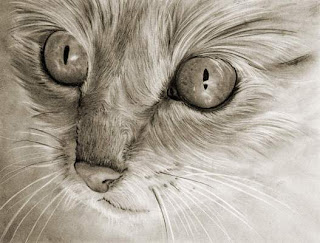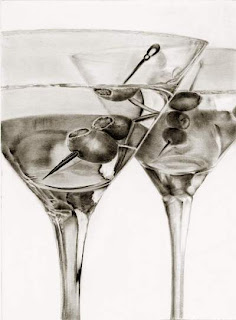By: Sue Smith
I went back to college when I was 51. I sat in chairs designed for the young, next to my fellow students who were also...well, young. Adding insult to injury, I needed tutoring -- from the young -- to learn the new technology that these kids in their late teens and twenties grew up with and used as casually as I once used the rotary phone.
It was culture shock. But more than that. It was the shock of realizing I was rapidly approaching the gray realm of Old Age. My first small encounters with...ageism.
Ageism is insidious in that it is so acceptable. Logical. It is also based -- at least with regard to late-life creativity -- on scientific research that reinforces traditional views about aging and the mental and physical decline models.
Even when it comes to "creativity" -- something that can't be touched, tested, or accurately measured, let alone understood -- the scientific community still relies on research that is "objective" and "measurable" -- sort of like trying to catch a fish with your hands. The easiest one to grab becomes the archetype for the "Creative Old Guy."
But I recently started reading a book by Martin S. Lindauer, titled AGING, CREATIVITY, AND ART...A Positive Perspective on Late-Life Development.
This is a very recent book, with a copyright date of 2003, and reads like a research paper with numerous citations.
It is still worth the effort.
Because here is the good news. According to Lindauer, new research reveals that over time, creative people increase both the quality of their artistic output, and the quantity, over their lifetimes, with productivity peaking during their 60's, but the quality of the output remaining steady at the lifetime highs well into the 70's.
Even for artists working in their 80's, their quality ratings were higher -- get that, higher! -- than when they were in their 20's and 30's.
How can this be?
According to Lindauer, there are seven characteristics that distinguish "old artists and late art from young artists and youthful efforts."
- "Older artists have more knowledge and are less career oriented.
- "They also have less energy - the only case where older artists were at a disadvantage to younger ones..."
- "...which they compensated for with greater maturity, concentration, and self-acceptance."
- "Older artists were also less critical than their younger counterparts."
- "However, in two areas, creativity and experimentation, older artists were seen as equal to younger practitioners." (2003, pp.187-188)
Further, while discussing the age at which an artist's "Old Age Style" might emerge, Lindauer wrote, "...the 60-year-old artists, and many of the 70-year-olds who were studied, were 'too young' to have an old-age style."
Re-read that last part again: even the 70-year-olds were too young to have an old age style!
Sometimes the challenges of reinventing yourself at mid-life can seem so daunting that you want to give up. I know that for me, discouragement became my constant companion to the point where I nearly gave up on the whole "career" idea, caught up in my fear of having "missed the creative boat."
But knowing that, at 60, I am still decades away from having an "Old Age Style" has renewed my energy, sending me back out into the creative world with rekindled optimism.
I hope to see you all there!
_________________________________________
This article is reproduced with permission.
Copyright...2008 Sue Smith
To Get more of Sue Smith's thoughts about art visit her blog at:
Ancient Artist: developing an art career after 50
Sue Smith fine Art...website
This article originally appeared at the following URL:
http://ancientartist.typepad.com/ancient_artist_developing/2008/04/the-seven-chara.html
PS...make a "Point"...leave a comment


































